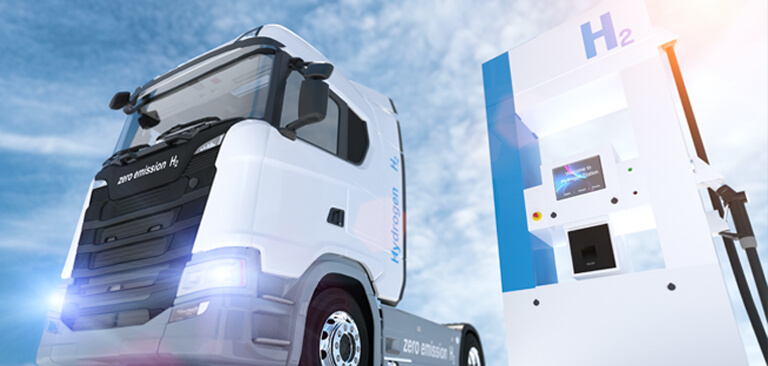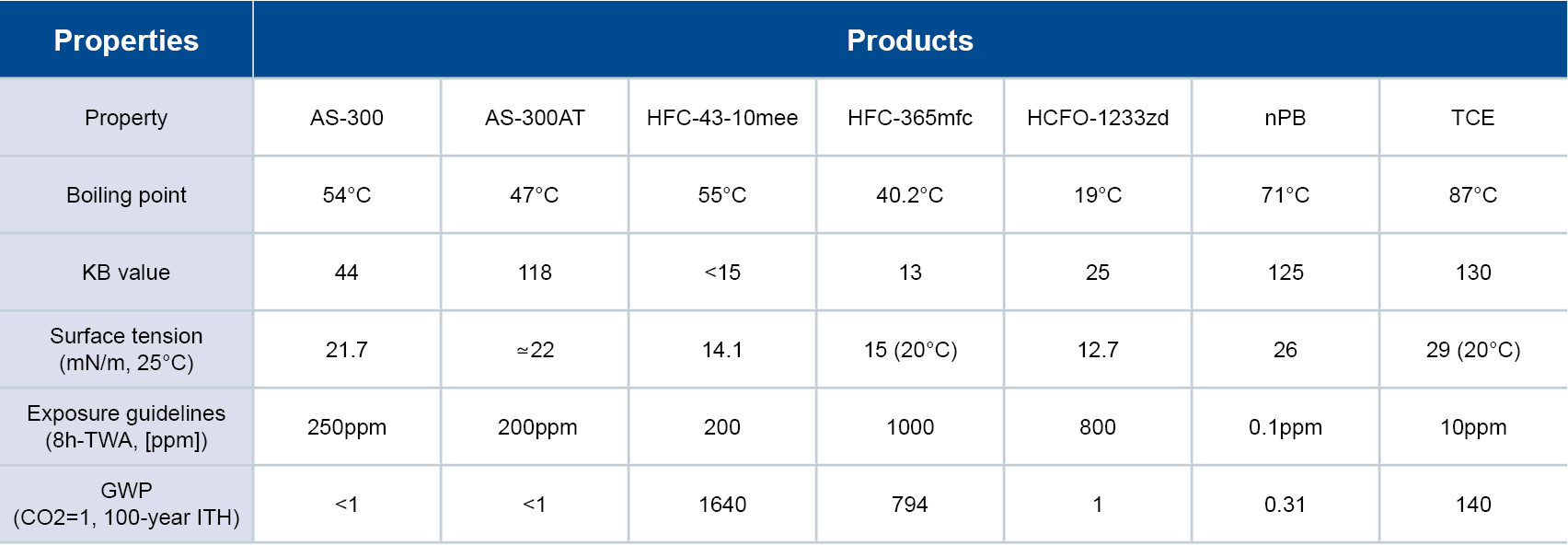Reading Time: 4 minutes
Envision a car or truck that performs the same as a conventional vehicle, but its fuel tank can be filled in less than five minutes, it can travel 300-400 miles on a tank, and emits nothing into the atmosphere but water vapor. That’s a fuel cell vehicle (FCV), and it’s a growing market – particularly FCV buses and heavy-duty trucks. Hyundai, Honda and Toyota have leased and sold more than 6,500 FCVs in California, and most other automotive companies plan to produce FCVs in the next few years.
FCVs are generally three times more energy efficient than conventional vehicles. Also, hydrogen can be sourced from the United States’ ample natural gas supply or produced renewably using water electrolysis. FCVs are true zero-emission vehicles.
Not only are FCVs are more environmentally friendly than vehicles using conventional fuels, but they also have performance advantages over electric vehicles (EVs) especially for those like trucks and buses that travel medium to long distances. This blog discusses fuel cell technology and how AGC ionomer grades help boost its performance.
What are Fuel Cells?
A fuel cell is a device that generates electricity through an electrochemical reaction instead of combustion. Since fuel cells combine hydrogen and oxygen to generate power, they can keep vehicles running efficiently, and they have some major advantages over other vehicle power systems like gas engines and EVs.
Unlike gas engines, fuel cell systems are clean, efficient, reliable, and quiet. Unlike electric vehicles, fuel cells do not need to be periodically recharged like batteries. They will continue to produce electricity as long as the user provides a fuel source. And since there are no moving parts, fuel cells operate silently and with extremely high reliability.
Benefits of Fuel Cells
- Low-to-Zero Emissions
- High Efficiency
- Reliability
- Fuel Flexibility
- Energy Security
- Durability
- Scalability
- Quiet Operation
Why are FCVs not yet widely used?
The main reason is that there aren’t very many hydrogen refueling stations yet. Currently most stations are in California, with a smattering in Washington state, New Hampshire and Quebec.
However, that is changing fast. According to the U.S. Department of Energy, research and commercial efforts are under way to expand the limited hydrogen fueling infrastructure and increase the production of FCEVs. Stricter restrictions of CO2 emission have been imposed, and conventional internal combustion engines (ICE) could not achieve the latest regulation requirements.
In the short term, heavy duty vehicles are being built with fuel cells because they provide greater benefits for larger vehicles that travel longer distances. Sales of medium and heavy-duty fuel cell trucks are predicted to grow globally from 6.3% in 2020 to 18% in 2030.
How do proton exchange membrane fuel cells work?
As the Fuel Cell & Hydrogen Energy Association explains, a fuel cell is composed of an anode, cathode and an electrolyte membrane. It works by passing hydrogen through the anode and oxygen through the cathode. At the anode site, a catalyst splits the hydrogen molecules into protons and electrons. The protons pass through a porous electrolyte membrane, and the electrons move through a circuit. This generates an electric current and excess heat. At the cathode, the protons, electrons and oxygen combine to produce water molecules.
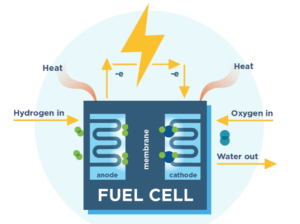
Image source: https://www.fchea.org/fuelcells
How do ionomers help FCVs?
Perfluorosulfonic acid (PFSA) ionomer dispersions can be used to boost the power and durability of hydrogen fuel cells in FCVs. They are ion-exchange polymers in acid form.

Ionomers are used in the membranes and electrodes that are fabricated into membrane electrode assemblies (MEAs), which are stacked into a fuel cell system by connecting the cells in series and attaching humidifiers and other devices. This fuel cell system is called a proton exchange membrane fuel cell (PEMFC).
FORBLUE i-SERIES dispersions for electrodes
We offer ionomer dispersions for electrodes composed of PFSA polymer, alcohol and water.
IC100 dispersions are our standard grade that enable the formation of highly durable catalyst layers. Their ion exchange capacity is 1.1 meq/g.
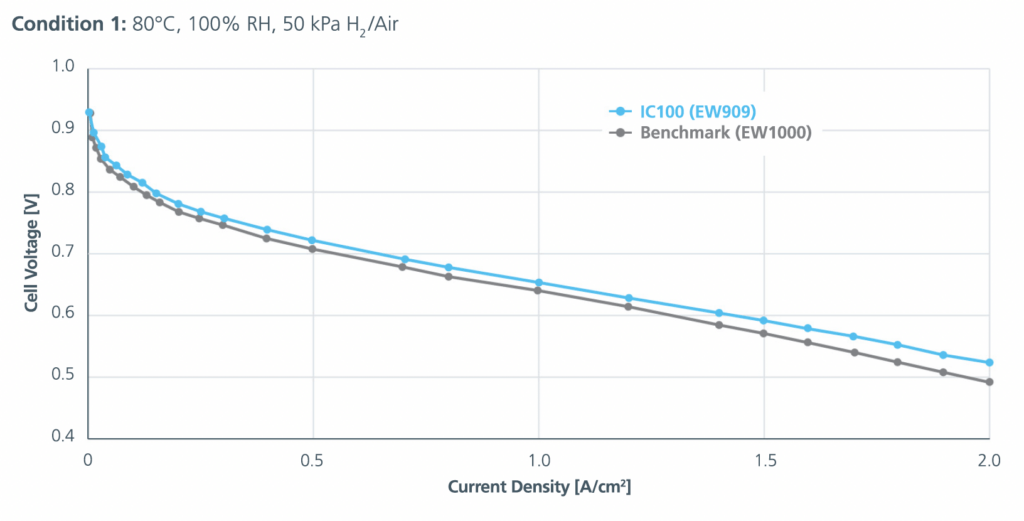
IC154 ionomer dispersions are low equivalent weight (EW) grades that enable high power generation. Their ion exchange capacity is 1.25 meq/g.
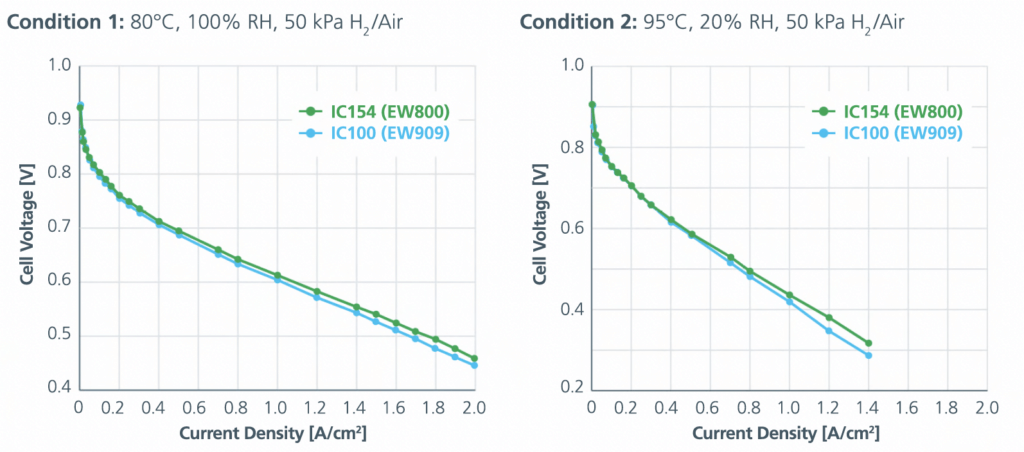
IC154 dispersion grades perform comparably or better than other ionomers with short-side-chain sulfonic acid groups, even with less ion exchange capacity.
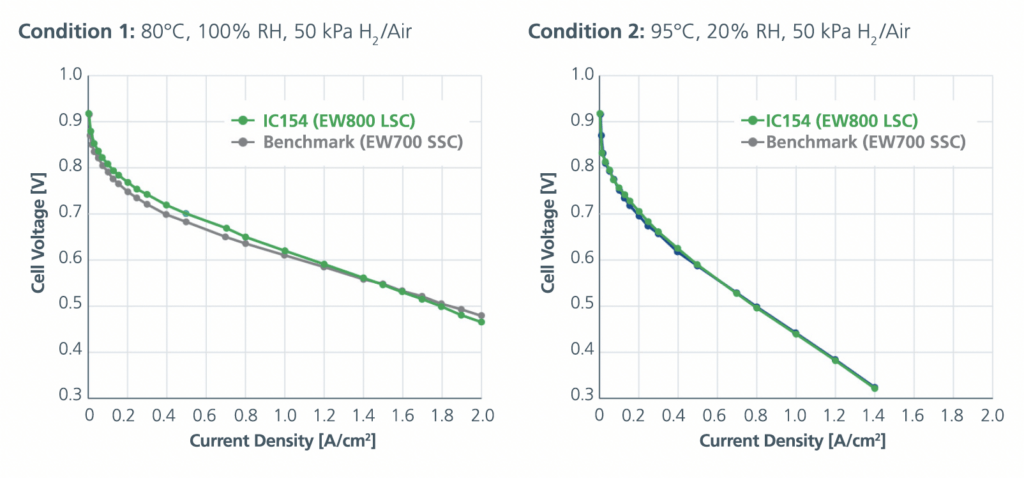
i-SERIES dispersions enable FCVs to have a greater energy output and more reliable long-term operation compared to competitive ionomer dispersions. This is because they have higher proton conductivity and chemical and mechanical stability.
AGC Can Help with Your Product Development
AGC has years of experience in R&D and application development. We can help you optimize the performance of fuel cells from your customers’ point of view. Contact us for more information or call 1-800-424-7833.
 English
English 